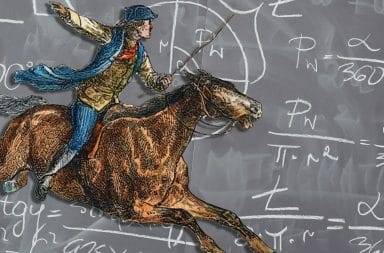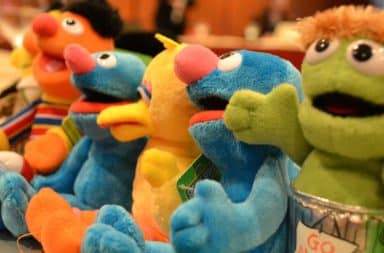The Caped Anaconda — Named for the most muscular genus within the family of non-venomous boa snakes, the Caped Anaconda is generally depicted as a very healthy, brawny superhero who has arrived to save the day in all its possible meanings.
The Drooling Drooper — Sometimes sad but generally goofy in facial expression due to a perpetually panting tongue that hangs carelessly out of its mouth, the Drooling Drooper features an ability to generate locomotion on all fours with a gait similar to members of the canine family, which is also the same reason that the poor creature lives in a state of perpetual bewilderment.
The Frilly One-Eyed Sloth — While highly exotic in appearance due to the excessively intricate patterning adorning its epidermis, the actual bodily form of the Frilly One-Eyed Sloth is much more clumsy. Overweight, highly lethargic, and nearly-blind in its single eye, sightings of this relatively rare species easily raise the simple question: how did it ever manage to get brought into this world in the first place given its time-consuming gestation period and low rate of survival?
The Hawkeyed Horny Devil — Sprouting devil’s horns from its greasy skull and a grimace that could make even the most desensitized of long-distance truckers blush, the Hawkeyed Horny Devil is an especially mischievous species. When encountered in the wild, it is frequently in the midst of a profanity-laden tirade about your mom.
The Long-Necked Trouser Turtle — Uncommonly long and slender like its namesake from the class of Reptilia, this species is rarely spotted with any actual trousers anywhere within its immediate two-dimensional vicinity despite its name. And unlike most other species featured here, the Long-Necked Trouser Turtle is usually depicted as an actual appendage attached to a surprised/happy/angry/expressionless host.
The Penis Snake — Not to be confused with phallostethus cuulong, also commonly known as the penis snake, the North American Public Men’s Room Penis Snake is a far more deadly viper, venomous in appearance, and frequently depicted as coiled and ready to strike.
The Purple-Headed Wood Worm — Genetically composed of segmented ring-like annuli just like the standard earthworm, the Purple-Headed Wood Worm’s physical appearance most distinctly differs from its dirt-burrowing counterpart with its rather bulbous head and the presence of a single eye.
The Red-Lipped Cave Spelunker — Perhaps the most misunderstood and discriminated-against species within the North American Public Men’s Room Dick Drawing family, the Red-Lipped Cave Spelunker is also the most thought-provoking due to the highly ambiguous nature of its own sexuality.
The Sickly Spotted Woody Pecker — Weak and easily preyed upon, the Sickly Spotted Woody Pecker has evolved to compensate for its innate physical disadvantages by developing a naturally revolting hide to effectively repulse all potential predators as well as innocent bystanders who accidentally happen to look upon it.
The Smooth Ridged Humpback — Naturally aquatic and as hairless as an Olympian swimmer, the Smooth Ridged Humpback takes its name from its excellent performance in the upstream backstroke and can usually be found in the wild during one of its sensational leaps through the peeling plaster above the porcelain waves of its aquatic lair.
The Upright Weedy Wyvern — Native to humid regions of dense jungle undergrowth and exactly two topographical land features, the Upright Weedy Wyvern is most often depicted rising from its original habitat in a state of aggressive forward momentum, front legs out-stretched and tongue flickering.
The Woolly Tallywhacker — Perhaps the most common species to be encountered in the wild, the Woolly Tallywhacker is most often sighted as it emerges from a dense tuft of shaggy fur, much like the bony tusk of the long extinct mammoth, but with no real sense of purpose for what it is doing or why.


